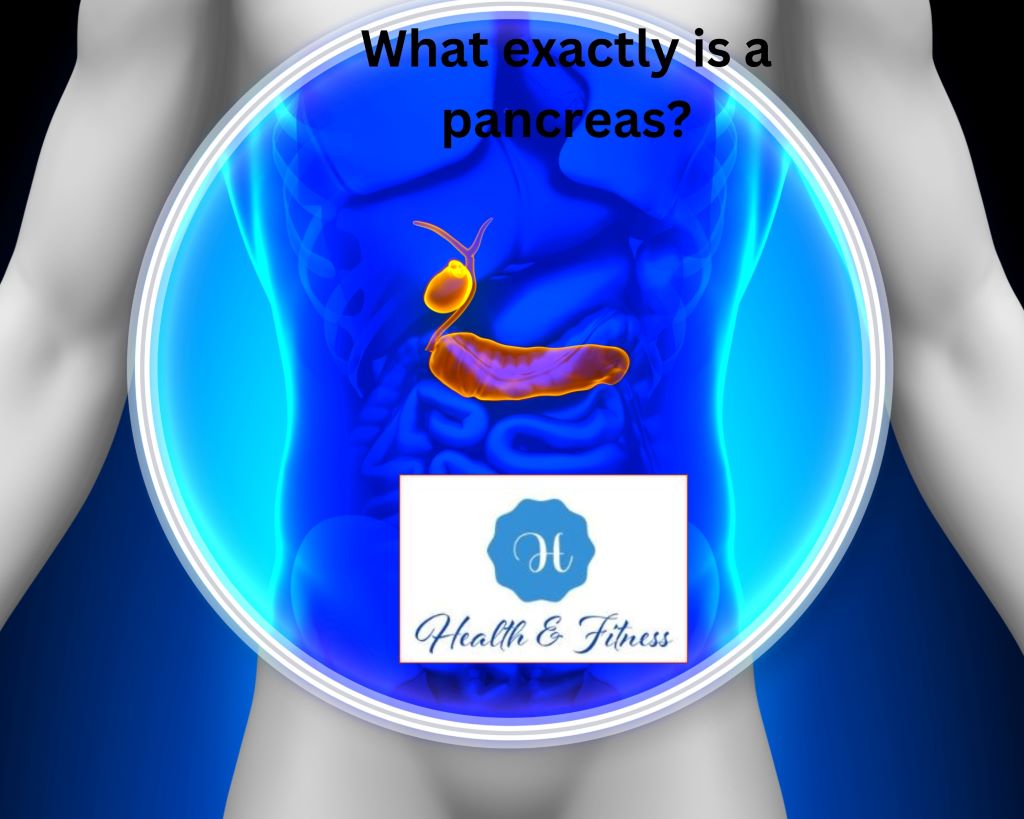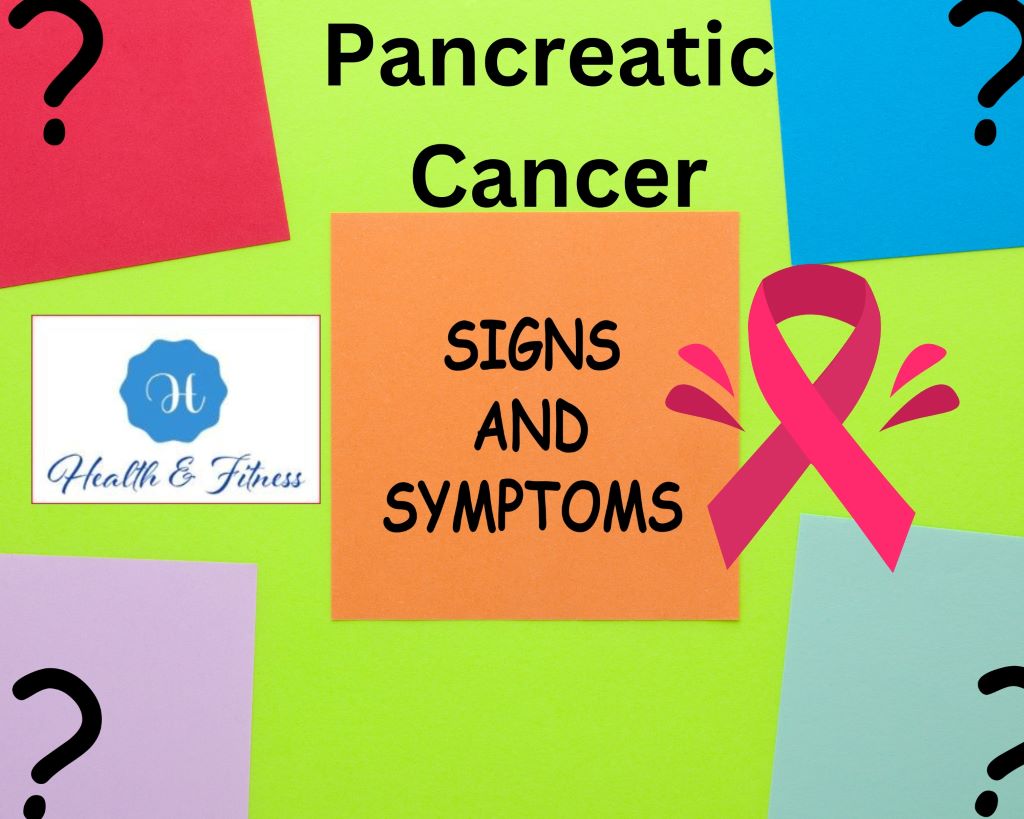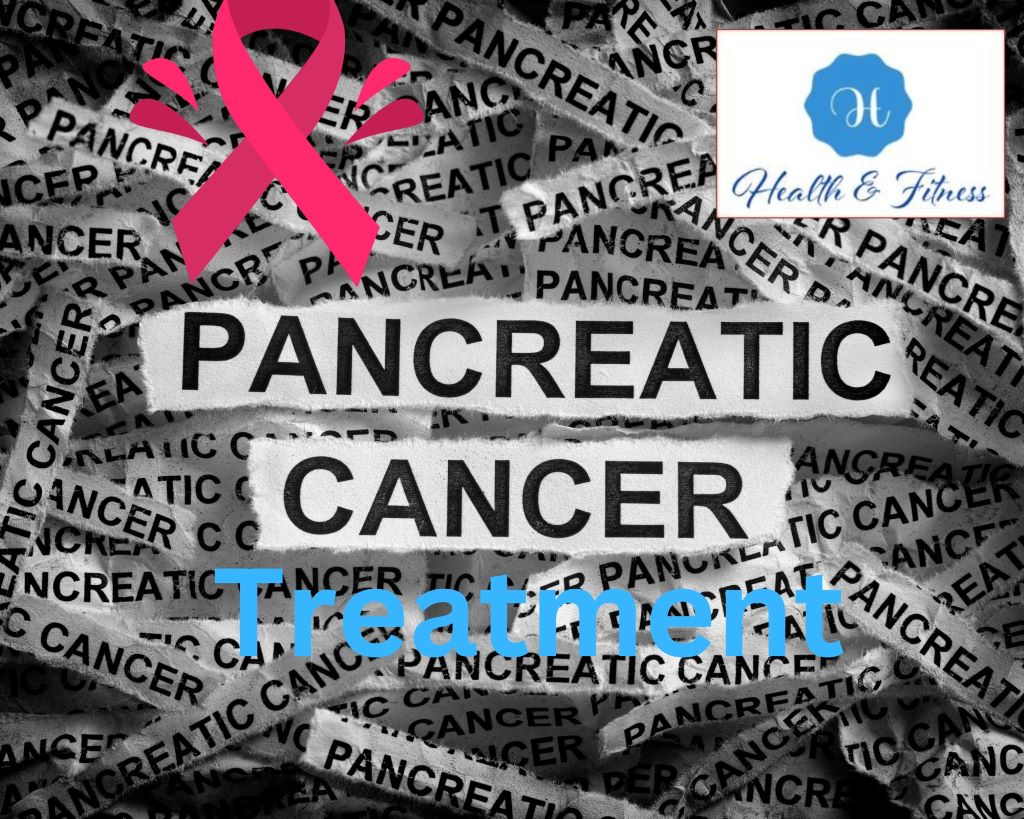Pancreatic Cancer Symptoms, causes, and Treatment
Discover comprehensive insights into Pancreatic Cancer symptoms, causes, and treatment options. Arm yourself with the knowledge to understand the disease better and explore effective approaches for managing and fighting this condition. Empower yourself with valuable information for a proactive approach to health.
Learn about Pancreatic Cancer symptoms, causes, and treatment options. Understand the risks, early detection, and effective therapies for a comprehensive approach to combating this serious disease. Empower yourself with the knowledge to take control of your health.
Pancreatic cancer Signs and Symptoms, as well as Possible Causes and Treatments
Due to its challenging nature for diagnosis, doctors typically do not identify pancreatic cancer until it has progressed to an advanced stage. Jaundice and weight loss are two symptoms indicative of pancreatic cancer.
Both diabetes and exposure to certain chemicals increase your risk.
Doctors determine the type of treatment based on the tumor’s size, location, and whether it has spread to other parts of the body.
What exactly is a pancreas?

A gland called the pancreas is located behind the stomach and in front of the spine.
The exocrine component of the pancreas actively produces proteins known as enzymes and releases them into the small intestine to assist the body in digesting food.
The endocrine component of the pancreas is responsible for producing hormones, including insulin, a substance that assists in regulating the amount of sugar in the blood.
It fulfills two of the body’s most important roles. Additionally, the endocrine component produces somatostatin, glucagon, pancreatic polypeptide (PP), and vasoactive intestinal peptide (VIP).
Each of these hormones plays a significant part in the regulation of metabolism.
What exactly is cancer of the pancreas?
Cancer of the pancreas develops when cells in the pancreas have alterations (mutations) that cause them to increase uncontrollably.
A mass of tissue may form. Sometimes, this growth is perfectly harmless (not cancerous).
On the other hand, the mass that develops in pancreatic cancer is carcinogenic (cancerous).
How many different kinds of pancreatic cancer are there?
Exocrine and neuroendocrine tumors are the two varieties of pancreatic cancers that can develop. Neuroendocrine tumors are more common.
Adenocarcinoma is the most prevalent form of pancreatic cancer; around 93% of all pancreatic cancers are exocrine tumors.
When people refer to themselves as having pancreatic cancer, they typically indicate that they have pancreatic adenocarcinoma.
The ducts of the pancreas are the most prevalent site of origin for pancreatic cancer, known as ductal adenocarcinoma.
The remaining pancreatic tumors, which account for around 7% of the total, are classified as neuroendocrine tumors (NETs).
These tumors are pancreatic NETs (PNETs), islet cell tumors, or carcinomas.
Some NETs create an abnormally high amount of hormones.
Doctors may assign names to tumors based on the type of hormone the cell produces. For example, a tumour that originates from a cell producing insulin can be referred to as an insulinoma.
What signs and symptoms point to the presence of pancreatic cancer?

Early warning signals of pancreatic cancer are absent in the majority of patients.
However, as the condition worsens, people may notice the following:
- A discomfort in the upper abdomen that may radiate to the back.
- A tinge of yellow to the skin and the whites of the eyes (jaundice).
- Tiredness.
- A decreased desire to eat.
- Stools that are pale in hue.
- Urine with a dark color.
- the loss of weight
- The formation of clots in the body’s blood.
- Itchy skin.
- New or worsening diabetes.
- Nausea, as well as throwing up
Suppose you’ve recently gotten diabetes or pancreatitis, a painful condition caused by pancreas inflammation.
In that case, your healthcare provider may think you have pancreatic cancer if you have some signs of the disease.
Pancreatic cancer can be fatal.
There is a possibility that the signs of pancreatic neuroendocrine cancer will be dissimilar to those of typical pancreatic cancer, such as jaundice or weight loss.
This is because certain types of PNETs create an excessive amount of hormones.
Who is at risk for developing pancreatic cancer?
The American Cancer Society estimates that pancreatic cancer accounts for around 3% of all malignancies and 7% of all deaths from cancer in the United States. It happens to guys only slightly more frequently than it does to women.
What are the factors that lead to pancreatic cancer?
There is no simple solution to this problem.
We do not yet have a complete understanding of what triggers pancreatic cancer.
Despite this, research has uncovered a few potential dangers.
What elements increase a person’s chance of developing pancreatic cancer?
On average, the likelihood of having pancreatic cancer throughout a lifetime is approximately 1 in 64.
A condition or circumstance that elevates the likelihood that a person may develop a disease is a risk factor.
Some aspects of risk are influenced by behavior, and this aspect of risk can be altered.
• Having chronic pancreatitis,
Permanently lasting inflammation of the pancreas, typically caused by smoking and excessive alcohol use, is a well-known contributor to the development of pancreatic cancer.
- Obesity is another factor that contributes to risk. Even if a person does not have obesity, carrying excess weight around the waist is still a risk factor.
- Consuming tobacco includes cigarettes, cigars, and other plant products.
- Being overweight is connected to developing type 2 diabetes if you already have diabetes.
Someone with an average weight and body mass index who suddenly develops diabetes at an older age
is a potential candidate for having pancreatic cancer as the cause of their diabetes.
- The risk of exposure to chemicals typically used in dry cleaning and metalworking.
There are additional risk factors that you can’t change. Among these are:
• having an age greater than 45
- It is being male.
- Being Black.
- Pancreatitis runs in families and is caused by alterations (mutations) in the genes passed down from parents to children.
- Hereditary syndromes are caused by gene mutations, such as BRCA gene alterations handed down from parents to their offspring.
- You are of Ashkenazi Jewish origin.
If you have particular symptoms or have recently been diagnosed with diabetes or pancreatitis,
your healthcare practitioner may believe you have pancreatic cancer.
Are pancreatic cancer symptoms different in men and women?
No. The potential symptoms are the same for both men and women, even though men are slightly more likely to get pancreatic cancer.
How many stages does pancreatic cancer typically go through?
The progression of pancreatic cancer can be broken down into five distinct stages.
Your diagnosis is going to be based on the size of the tumor, where it is located, and whether or not the disease has spread:
- Stage 0: Also referred to as carcinoma in situ, in this stage, the lining of the pancreas has cells that don’t behave normally.
The cells can develop cancer and spread to the surrounding tissue.
- In the first stage, the pancreas is the site of the tumor.
- If doctors find a tumor in the pancreas that has spread to surrounding tissues, organs, or lymph nodes, they consider the disease to be in stage 2.
- In the third stage, cancer has moved to significant blood arteries close to the pancreas. It may also have spread to lymph nodes in the area.
- Stage 4: When pancreatic cancer has reached stage 4, it has progressed to other body parts, such as the liver, lungs, or abdominal cavity. This is the most advanced stage of the disease. Cancer may have spread to other organs, tissues, or lymph nodes surrounding the pancreas.
Make sure to discuss your predicament with the person who is treating you.
If doctors diagnose you with pancreatic cancer, you must understand your prognosis before making any decisions about therapy.
How is the cancer of the pancreas identified?
Finding a patient with pancreatic cancer in its early stages might be challenging.
Medical professionals cannot feel the pancreas during a typical exam.
Suppose your healthcare practitioner has reason to believe that you may have pancreatic cancer.
In that case, they may recommend undergoing imaging tests involving photographs of your internal organs. Additionally, endoscopic ultrasonography may be performed.
Endoscopic ultrasonography (EUS) consists of a skinny tube inserted through the mouth and into the stomach.
At the very end of this tube is a camera.
Doctors can obtain imaging of the pancreas by using an ultrasonic probe attached to the end of an endoscope through the stomach wall.
During this procedure, if necessary, doctors can take a tissue sample (biopsy) from the pancreas with the guidance of ultrasonography.
Examining the blood can detect a chemical known as a tumor marker.
Carbohydrate antigen (CA) 19-9 is a protein secreted by pancreatic cancer cells.
You may have a tumor if you have pancreatic cancer and high protein CA 19-9.
If you have pancreatic cancer and your CA 19-9 is high, this could indicate a tumor.
Suppose you or a loved one has recently been diagnosed with pancreatic cancer.
In that case, you and your primary care physician should discuss the possibility of genetic counselling and testing to evaluate your risk of having the disease due to your family history.
Recommendations issued by the National Comprehensive Cancer Network (NCCN) and the American Society of Clinical Oncology, two prominent medical organizations, led to this result (ASCO).
What kind of treatment is there for pancreatic cancer?

Treatment for pancreatic cancer is contingent upon several factors, including the tumor’s location, the stage it is now in, the patient’s overall state of health, and whether or not cancer has progressed outside the pancreas. Among the several treatment possibilities are:
- During the surgical resection procedure, surgeons cut out (remove) the malignant portion of the pancreas. They may also remove the lymph nodes in the surrounding area. Surgically removing all or part of the pancreas is called a pancreatectomy. Suppose your tumor is located in the head of the pancreas, the region of the pancreas that is the widest and closest to the small intestine.
In that case, your healthcare professional may suggest the Whipple procedure.
The surgical procedure involves the removal of the head of the pancreas, the duodenum (the first segment of the small intestine), the gallbladder, a portion of the bile duct, and lymph nodes in the surrounding area.
- Radiation therapy refers to the employment of high-velocity energy to eradicate cancer cells.
- Chemotherapy is a method that involves the use of medications that kill cancer cells.
- Immunotherapy is a treatment that assists your body in its battle against cancer. Immunotherapy has not been very successful in treating pancreatic cancer; however, approximately one percent of patients with pancreatic cancer and a specific genetic alteration may benefit from it.
- Targeted therapy treats the genes or proteins contributing to cancer development. In most cases, we will use genetic testing to determine whether targeted therapy is appropriate for you.
- Clinical trials: Discuss with your primary care physician whether participating in a clinical trial is possible.
Additional information on treatment is as follows:
It is possible to use chemotherapy and radiation therapy instead of surgery, before surgery to shrink the tumor, or after surgery to ensure the complete elimination of all cancer cells.
When making decisions regarding your treatment, you and your healthcare team should feel at ease working together.
Additionally, you and your healthcare practitioner should discuss ways to avoid or lessen the unpleasant side effects of your treatment.
This kind of care, often known as palliative or supportive care, may include the following:
- For pain management, if the medication does not provide relief, doctors can perform an endoscopic operation called a celiac plexus block or neurolysis, directly using endoscopic ultrasound to alleviate the patient’s pain.
- The therapy for jaundice consists of having your healthcare practitioner place a stent (tube) inside your bile duct to alleviate the symptoms.
- Reducing intestinal blockage: Your healthcare practitioner may put a stent in your small intestine to break up the obstruction.
- Diabetes management: Your healthcare team will be able to assist you in keeping track of your blood sugar levels and managing the medication you take for your diabetes.
- Emotional support: Receiving supportive care can also assist you in comprehending and processing your feelings and the feelings of your loved ones and other close friends and acquaintances.
Where else does cancer most commonly spread after beginning in the pancreas?
Because it is challenging to diagnose pancreatic cancer in its early stages, the disease has a high propensity to spread, or metastasize, to the lymph nodes that are immediately next; following this, it will spread to other organs such as the lungs, the liver, and the peritoneum (the lining of the abdominal cavity).
Is there any hope for a cure for pancreatic cancer?
Yes, it’s feasible.
Even though pancreatic cancer has a low survival rate, doctors can cure it if they diagnose it in time. And treated at an early stage.
Conclusion
Pancreatic cancer has a lower prognosis than other types of cancer because by the time doctors diagnose it, the cancer has already progressed, and there is no available screening test.
Persons with a history of smoking, diabetes, or obesity are at an increased risk for pancreatic cancer.
This is especially true for those people who are obese. Anyone at a higher risk should discuss their possible risk with their primary care physician.



